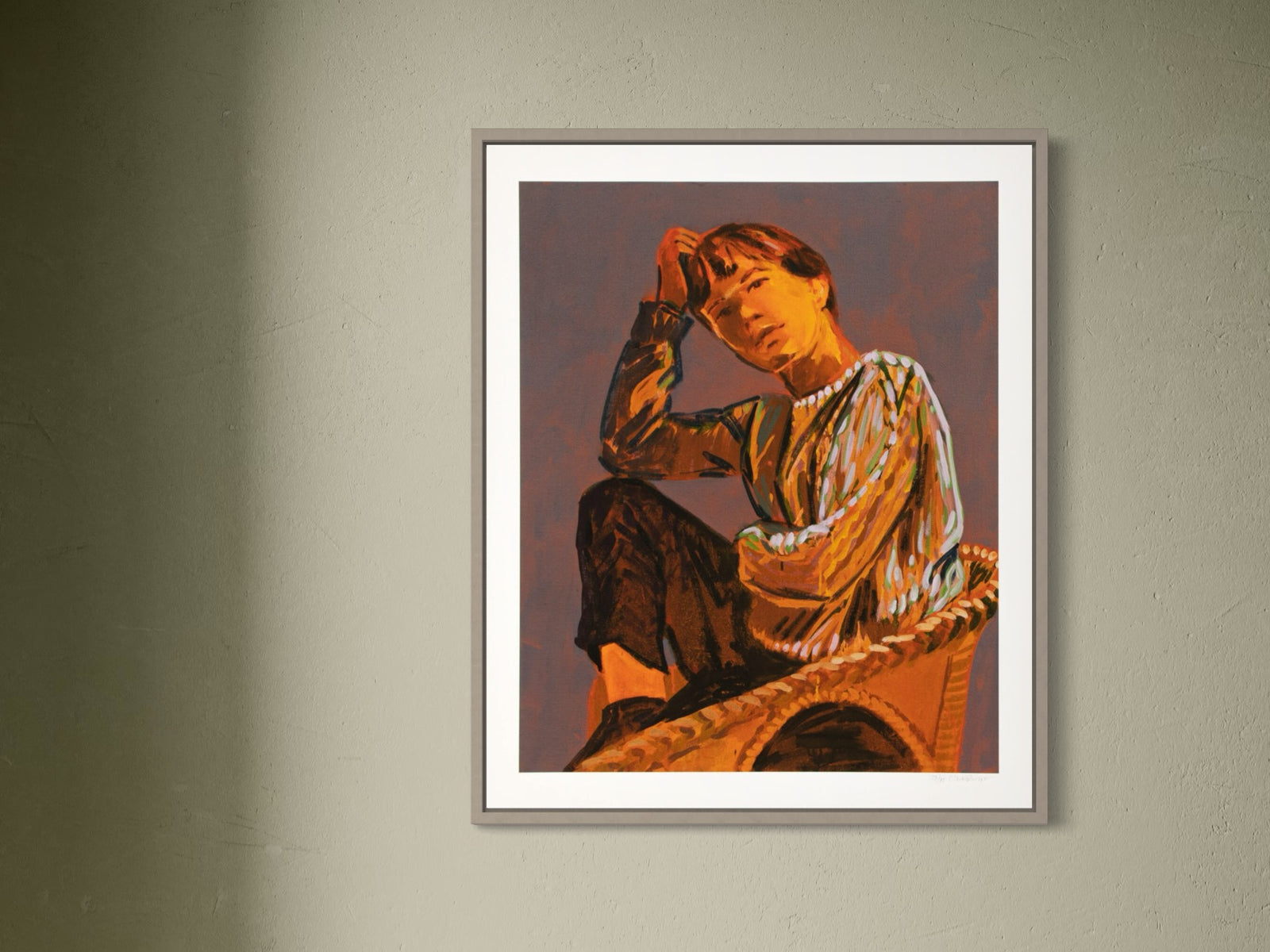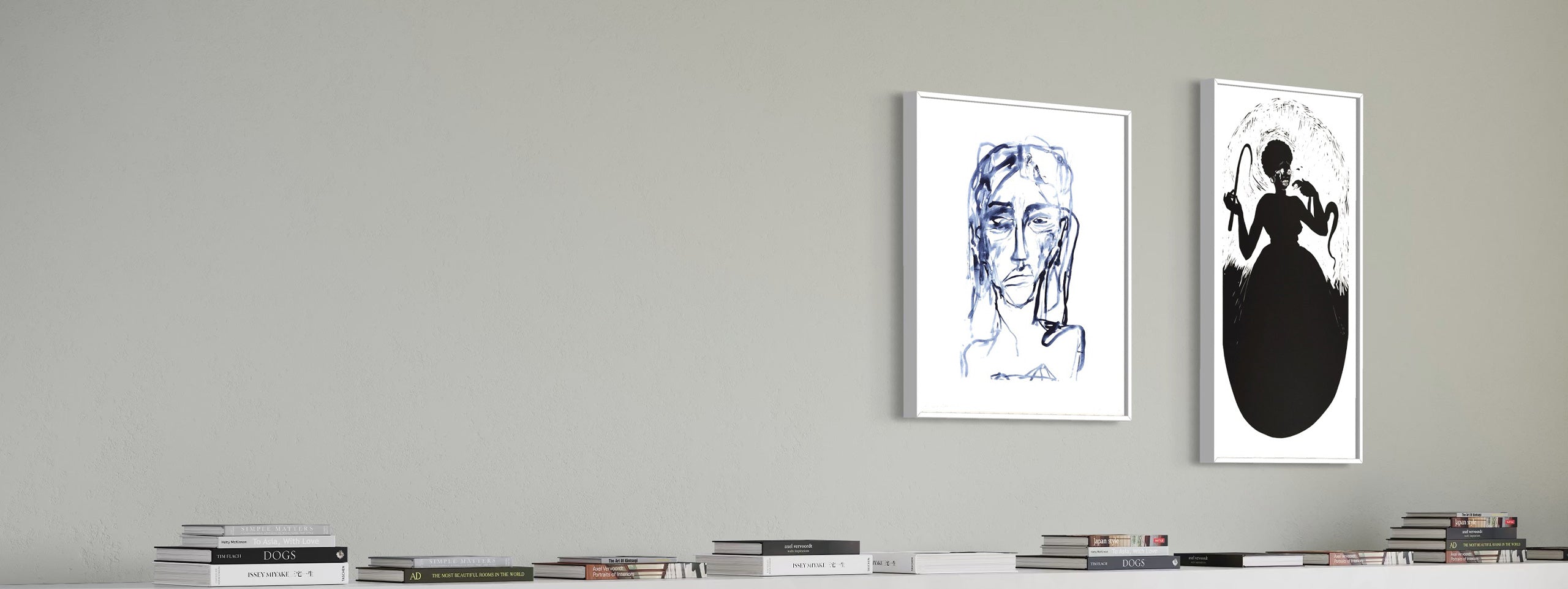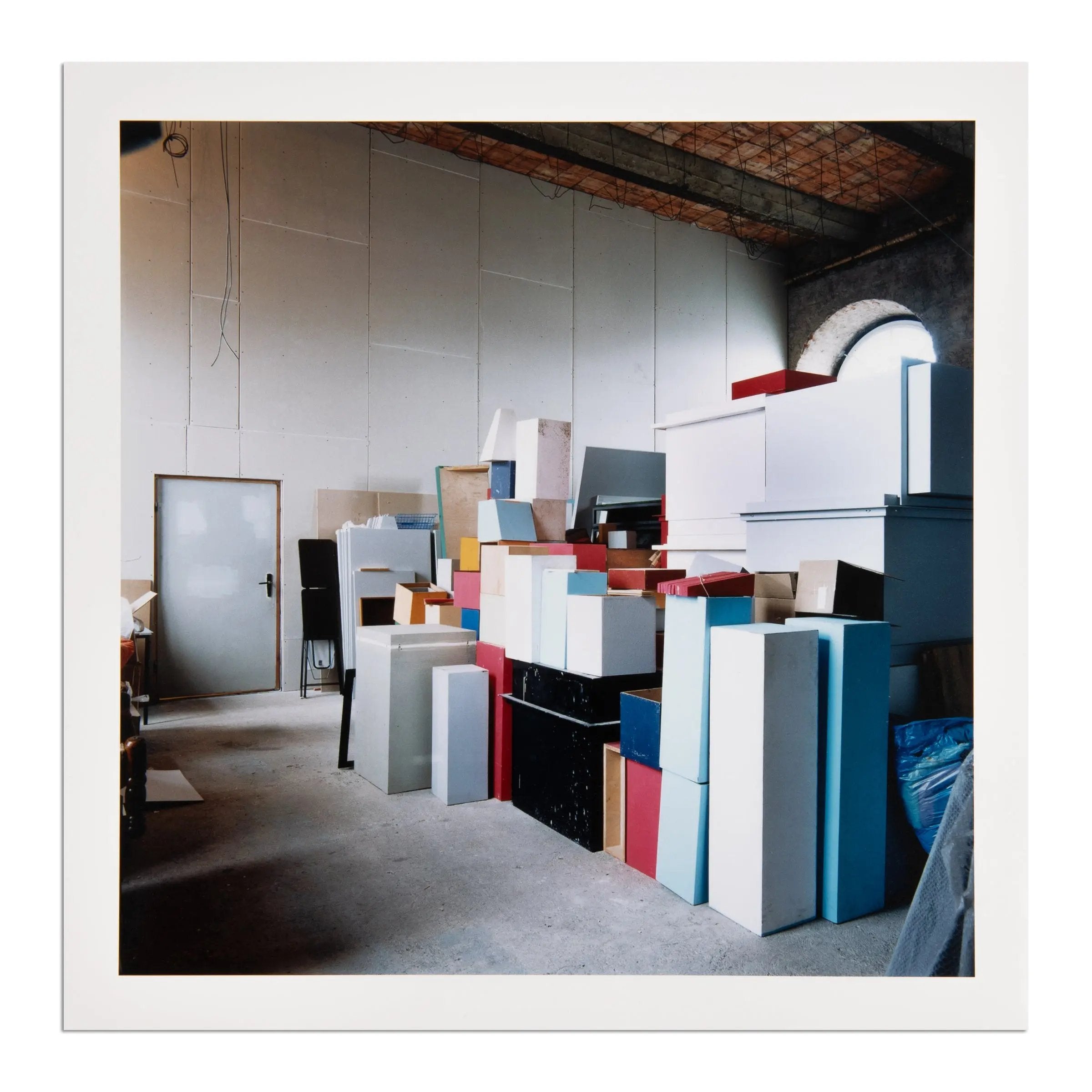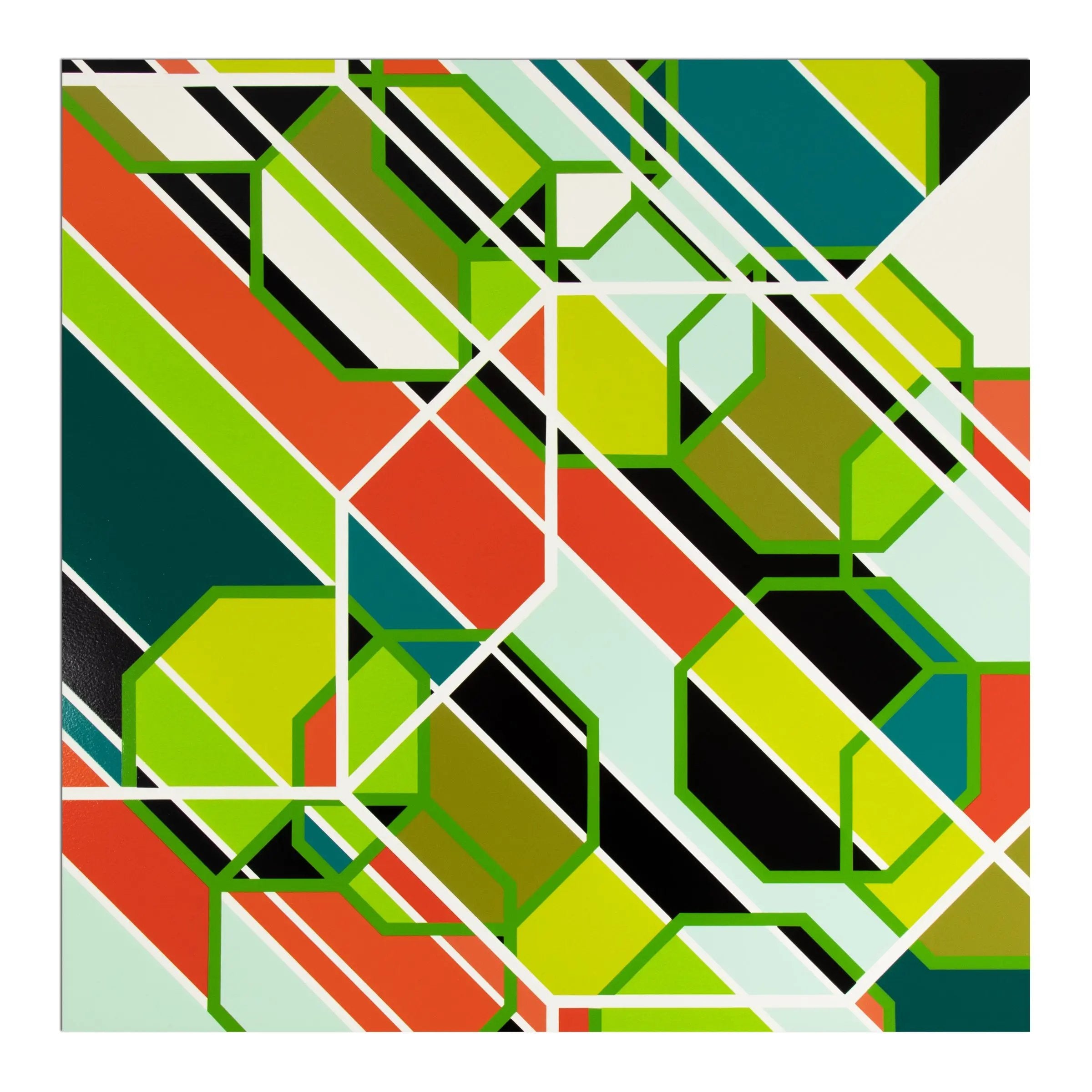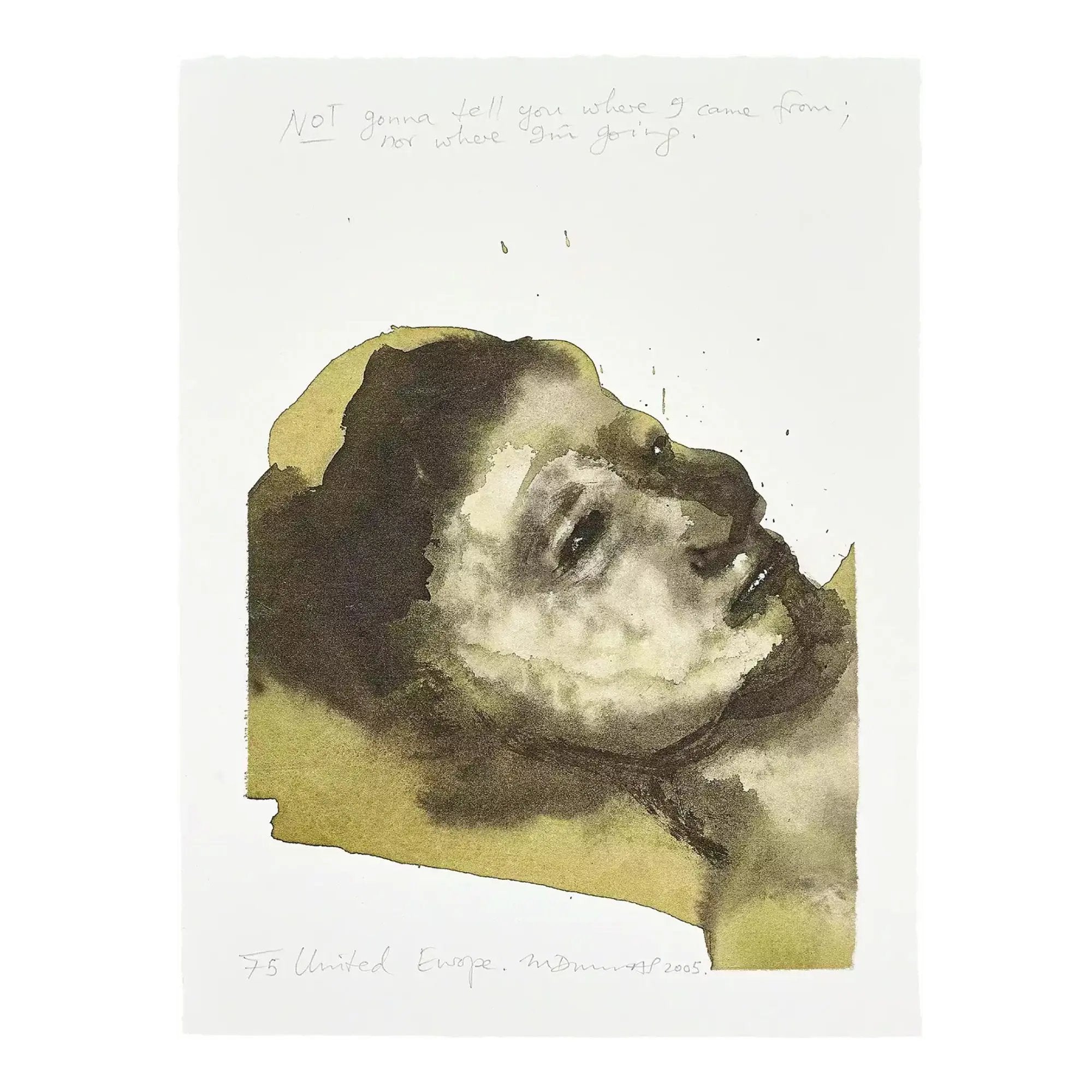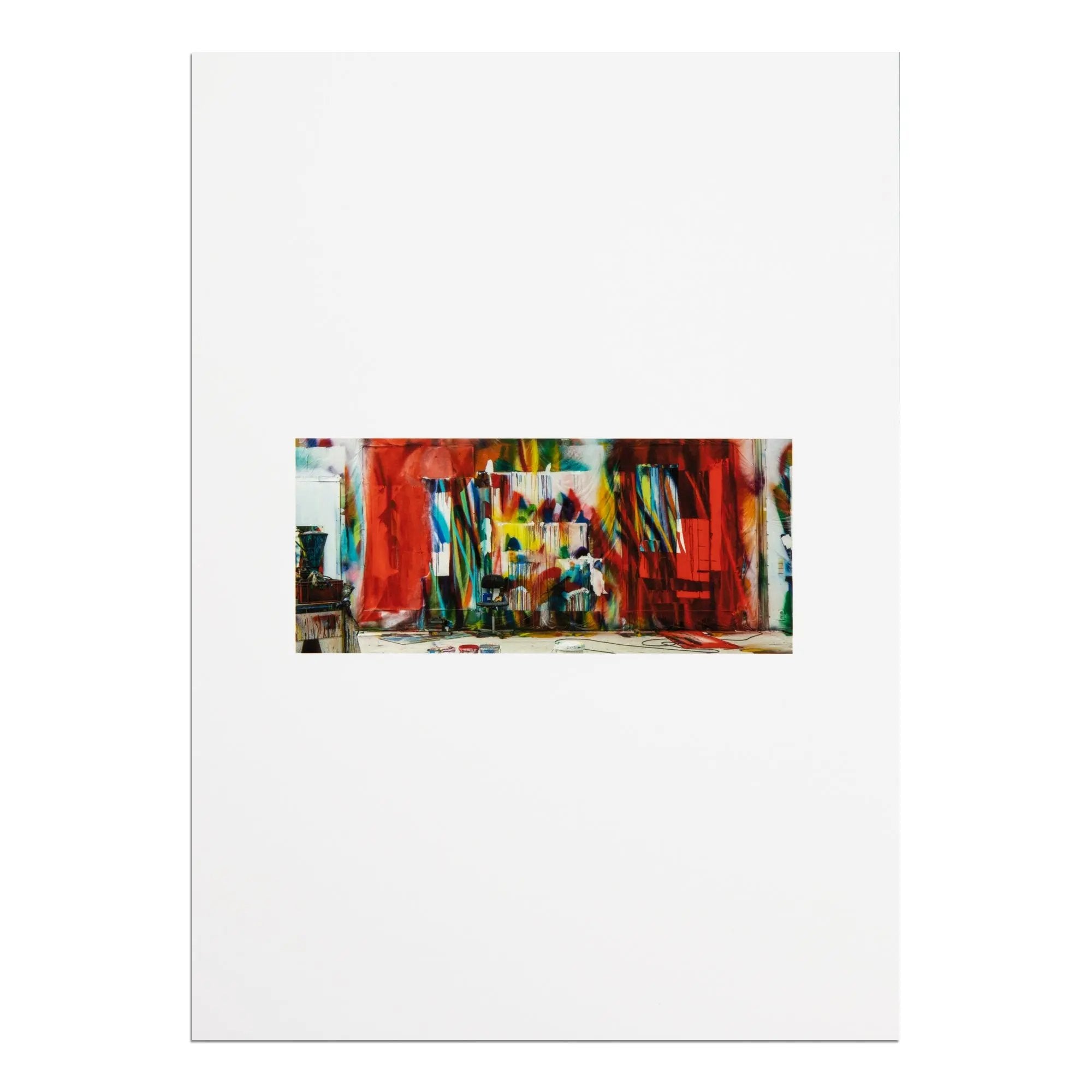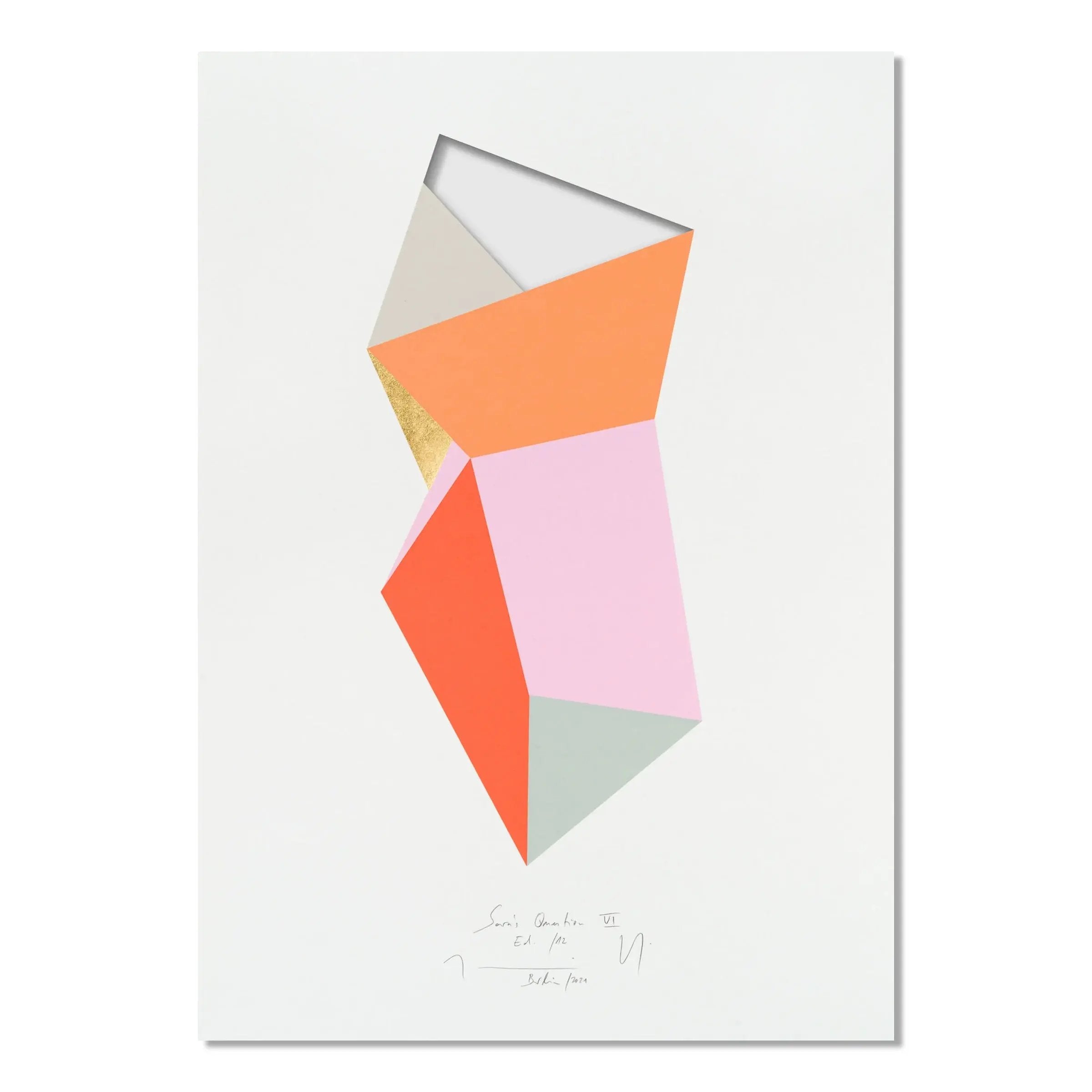Filters
74 products
Shirin Neshat – Unveiling Series #2, 1993
Sale price€2.400,00
Tracey Emin – I Followed You to the End (Die Welt)
Sale price€2.900,00
Alice Neel – Evans Twins
Sale price€4.800,00
Candida Höfer – Deutsche Oper
Sale price€3.000,00
Sarah Morris – Midtown – Viacom
Sale price€2.900,00
Tracey Emin – This is Forever
Sale price€7.800,00
Candida Höfer - Colored Wood
Sale price€2.600,00
Candida Höfer - Museum für Völkerkunde Dresden
Sale price€2.800,00
Candida Höfer - N.Y Carlsberg Glyptotek Copenhagen III
Sale price€1.900,00
Jenny Holzer - Water Board 0000090
Sale price€1.900,00
Candida Höfer - University Library Hamburg A
Sale price€6.500,00
Candida Höfer - Teatro Nacional de Sao Carlos Lisboa III
Sale price€1.800,00
Candida Höfer - Teatro Degollado Guadalajara III
Sale price€2.500,00
Tracey Emin - Sixteen
Sale price€2.900,00
Tracey Emin - Choose Love
Sale price€7.700,00
Tracey Emin - I Just Felt Hurt
Sale price€7.800,00
Tacita Dean - La Puerta del Diablo
Sale price€2.600,00
Shirin Neshat - Tooba
Sale price€5.900,00
Sarah Morris - Total Lunar Eclipse
Sale price€2.600,00
Sarah Morris - Taurus (Origami)
Sale price€2.200,00
Sarah Morris - Sony (Los Angeles)
Sale price€2.200,00
Sarah Morris - Rings
Sale price€1.700,00
Sarah Morris - London
Sale price€1.200,00
Sarah Morris - Deviancy is the Essence
Sale price€3.400,00
Sarah Morris - Color Referents (Miami)
Sale price€4.500,00
Rosemarie Trockel - 4 Eyes
Sale price€1.400,00
Marlene Dumas - United Europe
Sale price€6.400,00
Marina Abramović - 512 Hours
Sale price€1.800,00
Lorna Simpson - III
Sale price€1.200,00
Lisa Yuskavage - Night Flowers
Sale price€4.000,00
Laure Prouvost - This Print Wishes to Be On the Other Side of This Wall
Sale price€1.500,00
Katharina Grosse - Der Stuhl
Sale price€1.800,00
Kara Walker - Theme for the Fons Americanus
Sale price€2.200,00
Jorinde Voigt - Sara’s Question VI
Sale price€7.200,00
Jorinde Voigt - Sara’s Question IV
Sale price€7.200,00
Jorinde Voigt - Sara’s Question III
Sale price€7.200,00
Jorinde Voigt - Inherited Desire
Sale price€2.400,00
Jorinde Voigt - Immersion VII
Sale price€3.400,00
Jadé Fadojutimi - A Season's Echo
Sale price€7.500,00
Genieve Figgis - Picnic
Sale price€6.000,00
France-Lise McGurn - Papillon
Sale price€2.500,00
France-Lise McGurn - In Pub-lik 5
Sale price€6.000,00
France-Lise McGurn - In Pub-lik
Sale price€5.500,00

01

02

03
01
02
03
